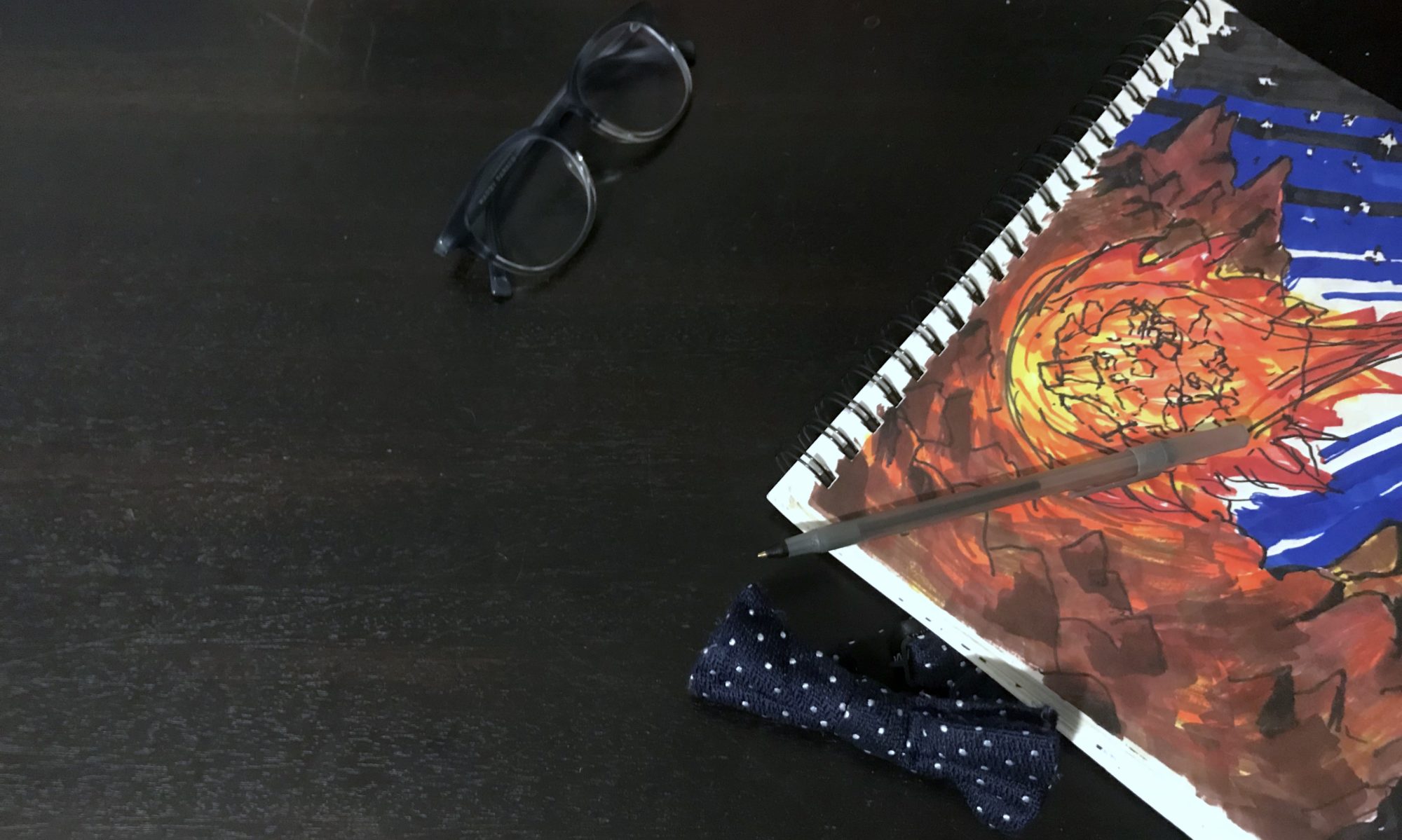Note from Tyler – I’ve been stretched a little too thin to update this blog as much as I’d like. However, I’m always down to help scientists edit stories about their own work and feature them here as guest blog posts! Below you’ll find my first guest blog post from Danny Ward, a PhD student at the John Innes Centre. If you’d like to write a story about your own work and feature it here, please reach out! Without further ado, I’ll let Danny Ward introduce himself.

My name is Danny Ward and I am a PhD student who works in a laboratory. I carry out experiments in the research field of molecular microbiology. This means I look at the tiny bits inside microscopic creatures to understand more about how they work.
Micro-organisms, tiny living things, are all around us. Some are beneficial to us. For example, we use them to make foods (like cheese and yoghurt) and medicines (like antibiotics). Others can be very bad for us. They can make us sick and cause disease. Many can be treated with some bedrest, while others can be life threatening!
I work on bacteria, a type of micro-organism. In particular, I study disease-causing bacteria called pseudomonas. These bacteria can infect animals, plants and us humans!
I study pseudomonas through the lens of molecular microbiology. In this field we study how micro-organisms work at the subcellular level. I look inside individual bacterial cells to understand how teeny tiny biological molecules like proteins and DNA interact with one another to give Pseudomonas life.
This is a fascinatingly complex area which we still don’t fully understand. We don’t know how all these biological molecules work, how they came to be, how we can control them, and how we can use them for good. Understanding more about microbiology can lead to new knowledge, medical advances, and biotechnological products. As you’ll learn below, my work might help us create new antibiotics!
Attacking cells with tiny biological needles
I specifically study how pseudomonas infect cells. During infection, pseudomonas attack cells using tiny biological needles. Scientists call these needles “type III secretion systems.” With the power of microscopic motors behind them, these needles inject nasty proteins into cells. The proteins enable pseudomonas to colonize their hosts and cause disease.

We don’t completely understand how the needles work. We know what they do but we lack detailed understanding. For example, we don’t know how pseudomonas control their needles. The needles need a lot of energy and resources to operate. Thus it’s advantageous for pseudomonas to precisely control them. The pseudomonas only spend the energy necessary to operate their needles when there are cells for them to infect.
Indeed, figuring out how pseudomonas and other bacteria control similar needles has potential health applications. We might be able to exploit this information to control the needles ourselves. Thus, we could potentially control infection and stop the spread of disease.
Controlling type III secretion systems
Pseudomonas control their needles with “signalling molecules.” These are biological compounds that alter cellular processes. Like traffic signals, signalling molecules can turn process on, off, slow them down, or even speed them up. Usually cellular signalling molecules take the form of chemicals. These attach to different parts of cells to speed up or slow down processes. Often they bind to proteins on the surface of cells called “receptors“
In Pseudomonas, an important signalling molecule is known as cyclic-di-GMP or CdG for short. After many experiments, we’ve learned that CdG controls the pseudomonas type III secretion system. Now I’m trying to figure out how CdG exerts its control. This means a lot more experiments at the laboratory bench! For example, I’m looking to see if the CdG molecule binds to proteins found in the type III secretion system. I’m also doing experiments to see if CdG speeds up or slows down the tiny motors that power the needles.
With this information, we may be able to develop new ways to slow down or disable Type III secretion systems. We could potentially use this knowledge to keep pseudomonas and similar types of bacteria from causing disease. For example we could search for chemicals that prevent the CdG signalling molecule from interacting with the needle. These chemicals could be the basis for future drugs that treat infection! This is a great thing because many bacteria have grown resistant to the common antibiotics used today.
This PhD is being funded by “the UKRI Biotechnology and Biological Sciences Research Council Norwich Research Park Biosciences Doctoral Training Partnership”.
This article was written by Danny Ward, a molecular microbiology PhD student from Norwich, England.
Learn more about the author at https://dannyjamesward.wixsite.com/home


